All the nervous, yet glittery brides would have a thousand thoughts just before her D-day, but her wedding jewellery trousseau is one thing that makes it to the top 5. It is not just about the ceremonial jewellery but also few that makes it to her post-wedding wardrobe.
The bride and family usually start planning early to avoid last-minute mishaps when it comes to bridal jewellery along with the outfit. But did you know that each jewellery adorning her have a significance? Did you know why they wear kalire? Well, it is to wish the best for the bride and remind her of her siblings or cousins she leaves while being married off to another family!
Given the cultural diversity of India, we have picked a few jewellery and their significance with regards to values and traditions. Scroll down and have a look!
Maang tika
Source: Pinterest
Maang tika, a hair adornment is usually placed on the centre of the forehead with a dangling pendant. Being an essential part of ‘Solah Shringaar’- the 16 steps that a bride follows for enhancing her beauty right before marriage, maang tika is meant to provide the bride with wisdom, will and courage to face the new page in her life while keeping away the evil eyes and negative energy. Apart from this, most importantly it signifies the holy union of the bride and groom.
Nath
Source: Pinterest
Mughal women brought the culture of wearing nath and these days, we can see every bride wearing a nath on her big day regardless of the religions. Hindu beliefs state that a nath is worn on the left side of the nose to depict the virginity of the bride. It is also considered as a tribute to the Hindu deities. Traditions apart, the Bollywood A-listers and famous movie songs had been highlighting it making it one of the best modish accessory.
Chooda
Source: Pinterest
India is home to countless traditions, and from these, there is one popular wedding jewellery which you can find on almost every Sikh/Punjabi bride called the chooda and kalire. The chooda is a set of 21 bangles in red and white colour adorned on the bride’s wrist by her maternal uncle. It is worn for a period of a minimum of 40 days to a maximum of 1.5 years. It is believed wearing it bids good luck and also signifies fertility and prosperity and good bonding for the couple.
Kalire
Source: Pinterest
In an ad for an ethnic brand, we saw Alia Bhatt walking down the aisle to her groom wearing a beautiful kalire. Gifted by cousins and sisters, the bride is supposed to shake it above their heads. If any piece of Kalire fell on their head, that girl is supposed to get married soon as per the beliefs. It must be removed by the groom’s sister when she reaches her new home.
Bajuband
Source: Pinterest
Bajuband, another essential part of ‘Solah Shringaar’ is worn around the upper part of the arm. In some culture, we can also see the groom wearing one in the ceremony. It is made of gold, silver or any other precious stones and is a symbol of prosperity and status. Furthermore, it is worn to protect the wearer from evil eyes and negative energy.
Bichiya
Source: Pinterest
Bichiya is a toe ring often worn to indicate the married status among Hindu women. It also signifies the woman’s dual roles as wife and sister. Women wear two sets of rings – one for her husband and another for her brother. If one among the two passes away, one set is eventually removed to indicate that the one who is next to her would protect her for the rest of her life.
Bollywood movies like Devdas and Jodha Akbar have made us romanticize with all these traditional accessories, making them essential elements in completing the look of an authentic Indian bride. Even though the modern Indian bride had become trendier and fashionable, these traditional ornaments indeed give off the essence of an Indian bride head to toe.
Well, these were few picks from the vast array of the traditional bridal accessories expended and designed by Indians over the years. Please do let us know if you want to add something more to this list through the comments!

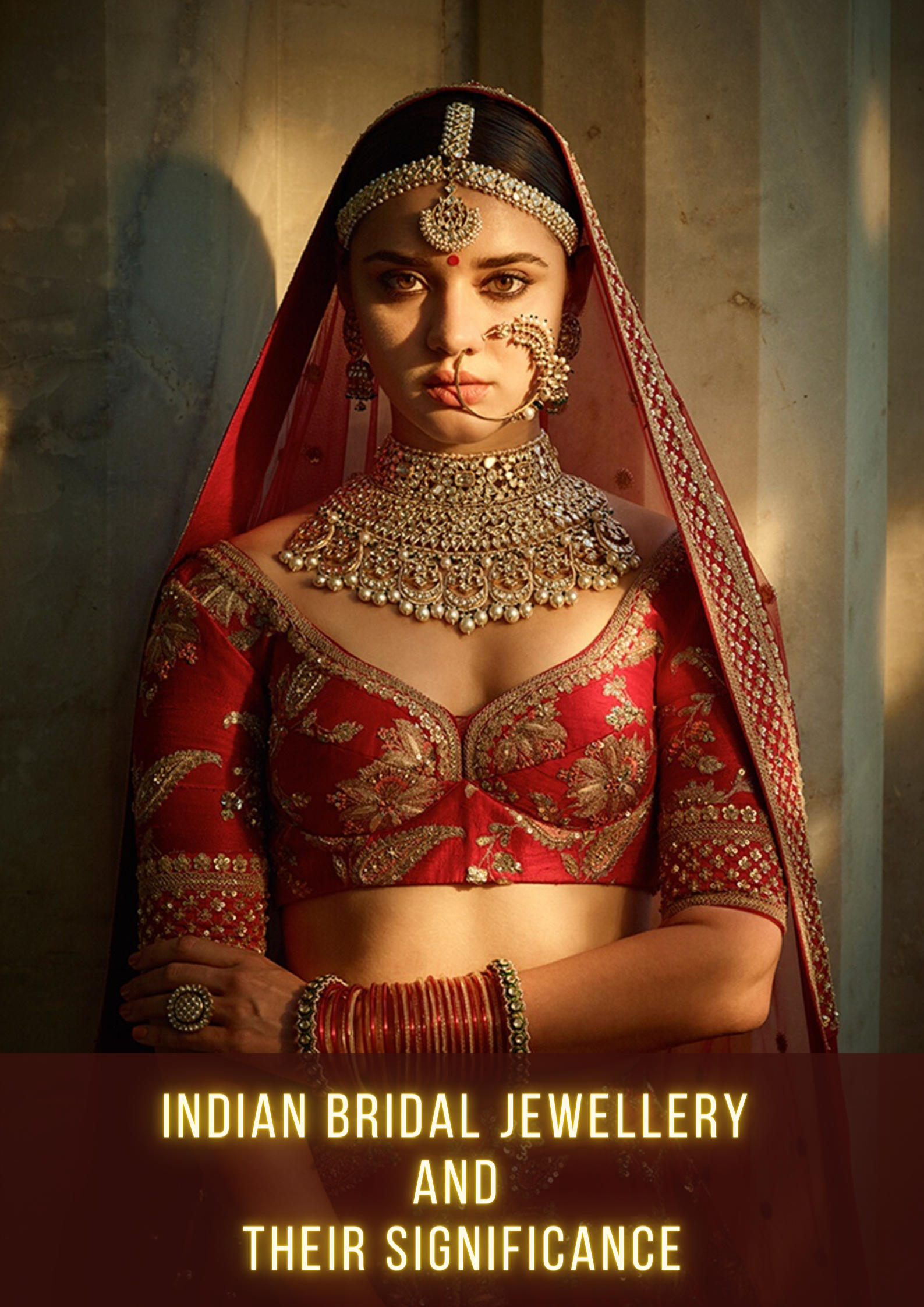
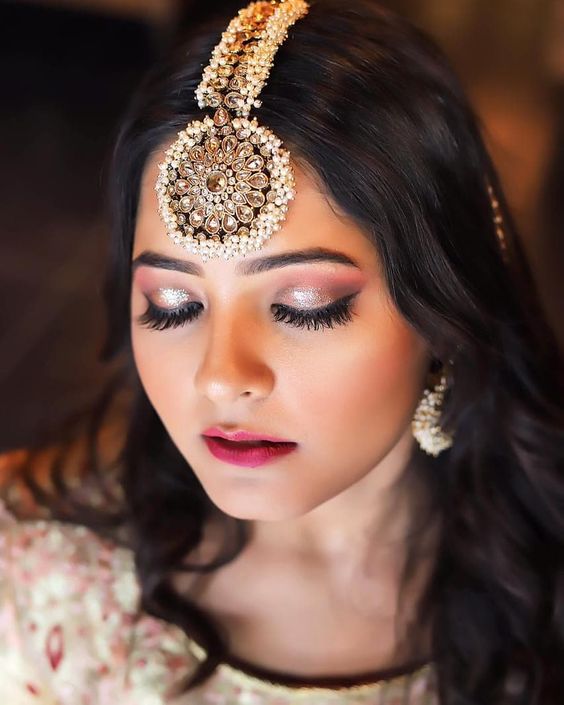
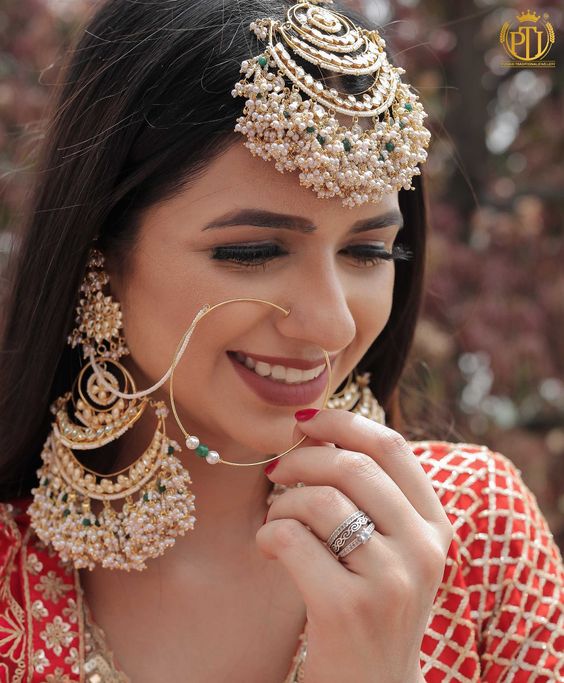

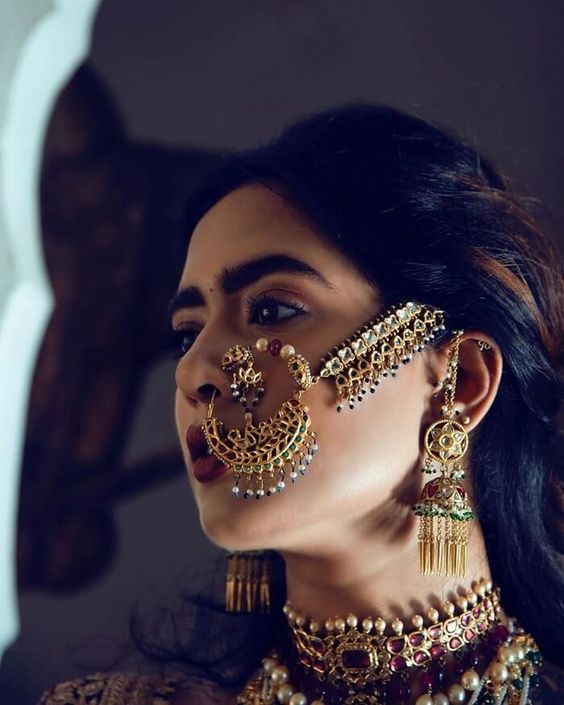
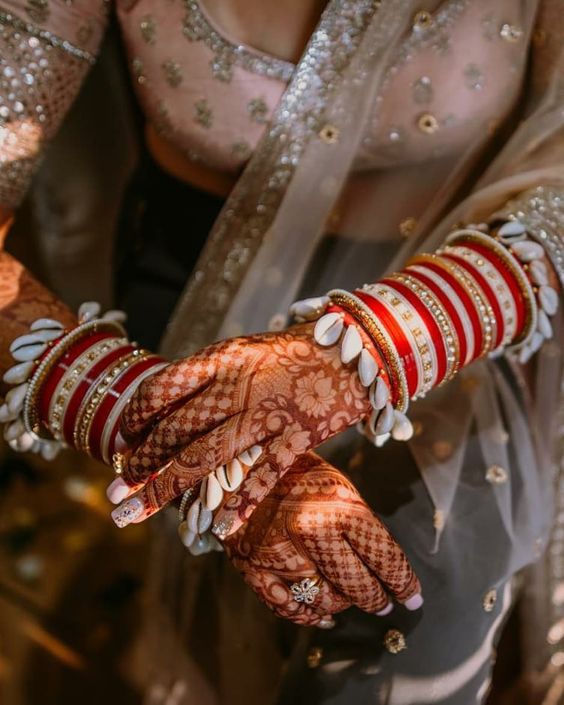

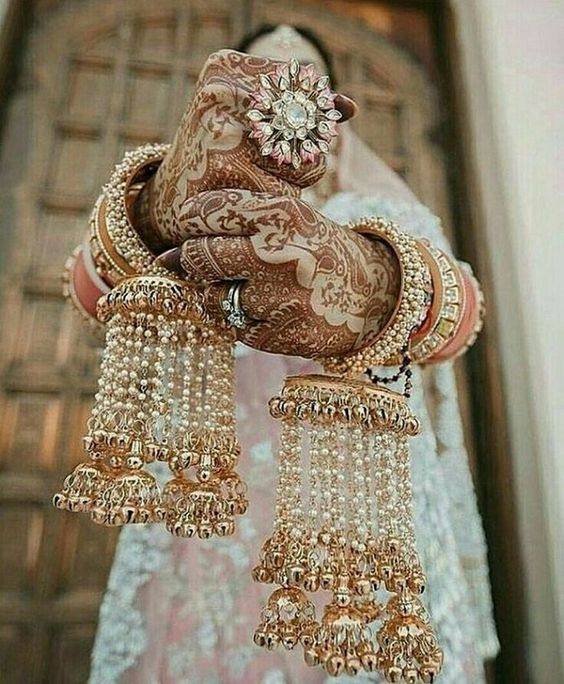


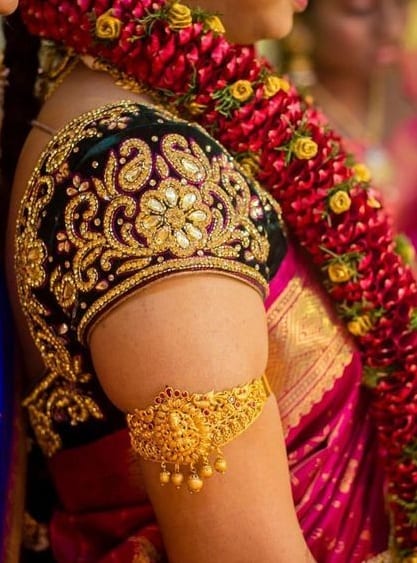
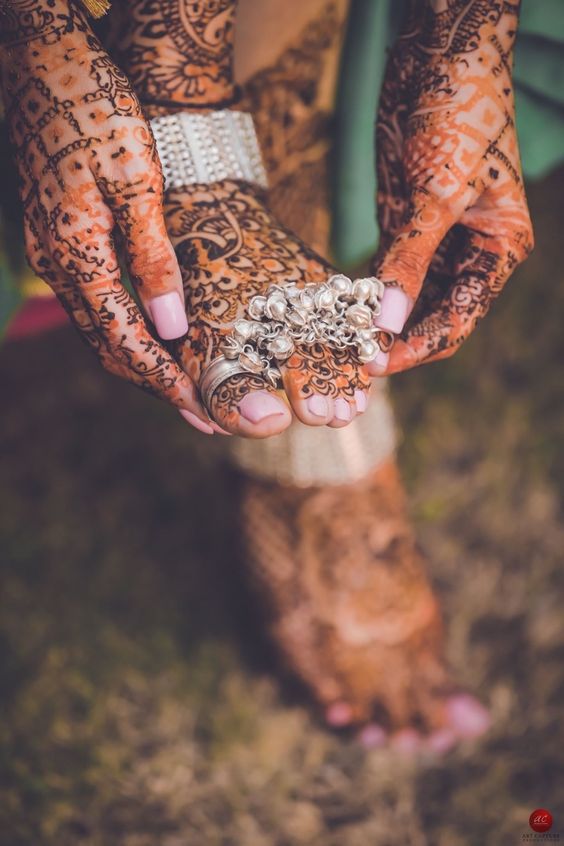

Published by